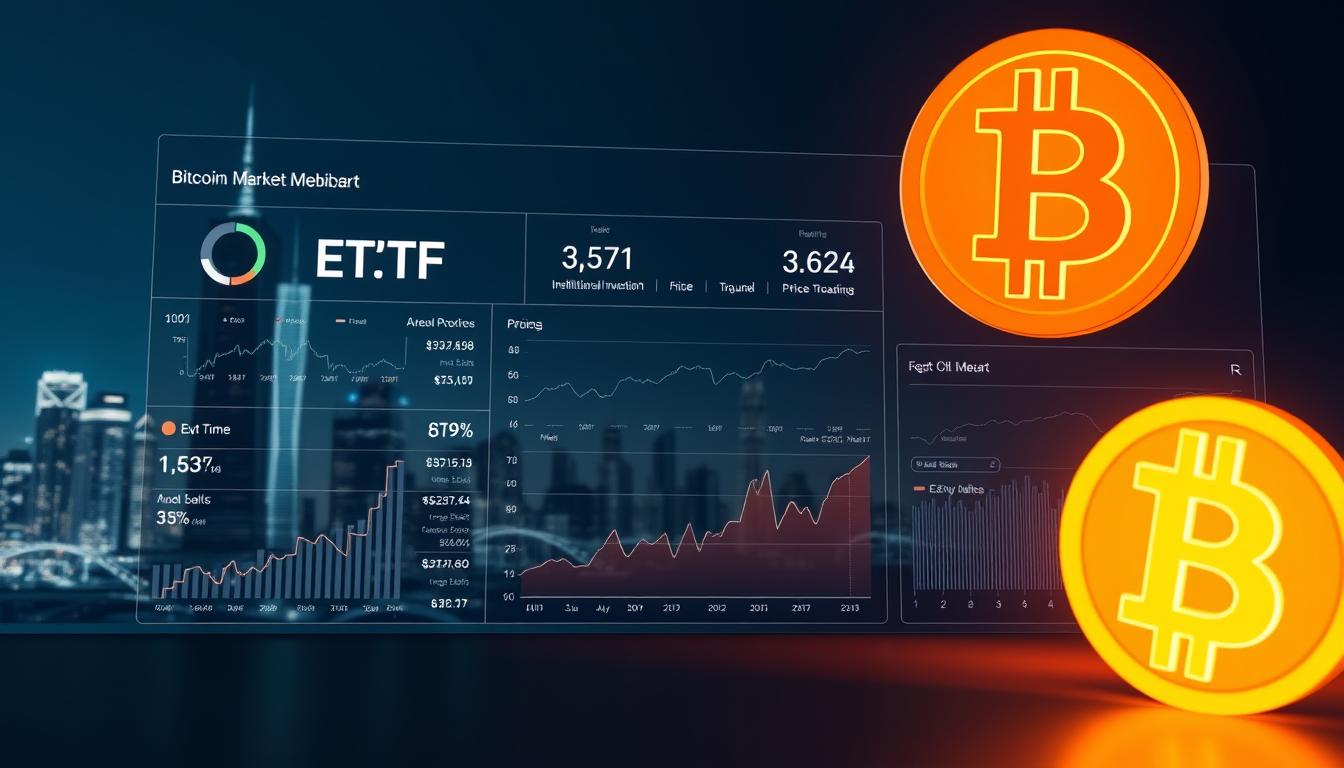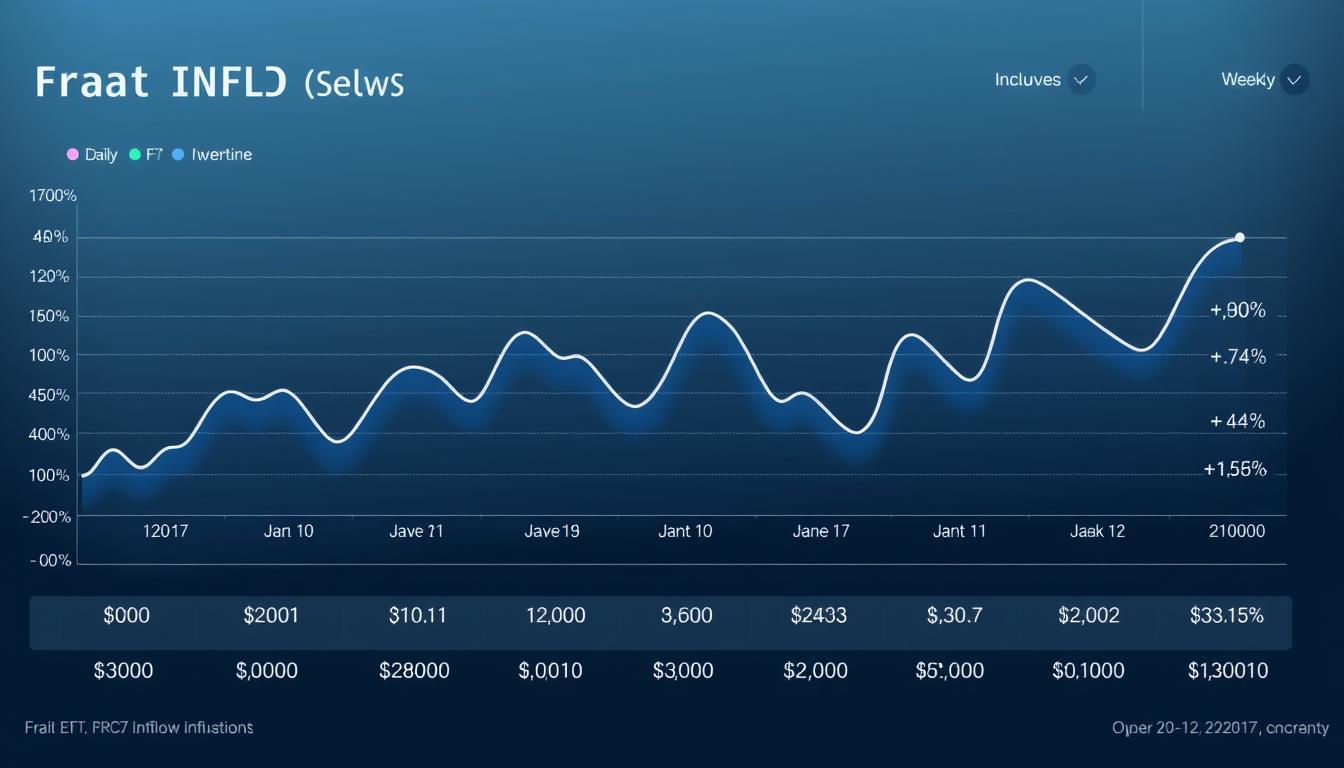Now Reading: Cryptocurrency ransomware payment demand attack: How it Works
- 01
Cryptocurrency ransomware payment demand attack: How it Works
Cryptocurrency ransomware payment demand attack: How it Works

Digital extortion has become a severe cyber threat for organizations across the United States and worldwide. This scheme involves malicious actors locking away or stealing vital data. They then insist on a digital currency transfer to restore access or prevent leaks.
The financial impact is staggering. In 2020, payouts to these criminals quadrupled from the previous year, reaching $400 million. While 2024 saw a slight decrease in total payments to $813 million, the average cost per incident soared to $5.13 million. This figure includes recovery expenses and reputational harm.
This problem is not fading. Recent data shows a dramatic surge in these incidents. In early 2025, daily occurrences jumped by 47%. This escalation highlights the critical need for robust cybersecurity measures.
Key Takeaways
- Digital extortion schemes are a major and growing global cybersecurity threat.
- Attackers encrypt or steal data and demand digital currency for its return.
- The total financial impact per incident has increased dramatically since 2019.
- Digital currency is favored by criminals for its anonymity and speed.
- The problem involves immediate costs and long-term recovery and reputational damage.
- Attack frequency continues to rise sharply, demanding increased vigilance.
Overview of the Ransomware Landscape and Its Evolution
Organizations today face an escalating security challenge where digital invaders lock away critical information assets. This malicious software blocks access to essential files and networks until victims comply with specific demands.
Understanding Ransomware and Extortion Techniques
These digital threats work by infiltrating computer systems through various entry points. Once inside, they encrypt valuable data, making it unusable. The criminals then deliver their demands for restoration.
Sophisticated variants like Ryuk and Sodinokibi target specific enterprises with precision. They employ advanced methods to maximize disruption and pressure.
Historical and Emerging Trends in Cyber Extortion
The tactics have evolved from simple encryption to complex multi-layered schemes. Early incidents focused solely on locking data. Modern operations incorporate data theft and third-party pressure.
Ransomware-as-a-service platforms now enable less skilled threat actors to launch sophisticated campaigns. This expansion has dramatically increased the frequency of these security incidents.
| Time Period | Primary Method | Key Characteristics | Notable Variants |
|---|---|---|---|
| Early 2000s | Basic Encryption | Simple file locking | Archiveus, GPCode |
| 2010-2015 | Ransomware Spread | Mass distribution | CryptoLocker, Locky |
| 2016-2020 | Targeted Attacks | Enterprise focus | Ryuk, Sodinokibi |
| 2021-Present | Multi-extortion | Data theft + pressure | Conti, BlackCat |
The progression shows how threat actors continuously adapt their strategies. Each evolution makes these digital extortion schemes more damaging to organizations.
Market Trends and Shifts in Ransom Payment Activity
The landscape of digital extortion underwent a dramatic transformation in 2024, marked by declining criminal revenues. This reversal broke the upward trend that had characterized previous years.
Total funds transferred to threat actors dropped to $813.55 million. This represents a 35% decrease from 2023’s record $1.25 billion.
Decrease in Total Ransom Payments in 2024
The first half of 2024 showed a slight increase of 2.38% compared to the same period in 2023. However, activity slowed dramatically after July with a 34.9% reduction.
This decline contradicts earlier predictions that 2024 would surpass previous records. Improved organizational resilience and better backup strategies contributed to the shift.
Fewer victims chose to comply with criminal demands despite increased targeting. Data leak sites posted more organizations than ever before.
The Impact of Law Enforcement and International Collaboration
Coordinated actions by the United Kingdom’s NCA and U.S. FBI severely disrupted major criminal operations. The LockBit takedown resulted in a 79% decrease in their second-half payments.
ALPHV/BlackCat’s exit scam in January 2024 created additional market fragmentation. The ecosystem shifted toward smaller, lone actors rather than dominant groups.
These law enforcement actions created significant uncertainty for threat actors. The market never returned to its previous status quo according to industry experts.
Deep Dive into Cryptocurrency Ransomware Payment Demand Attack Dynamics
Behind every successful digital extortion incident lies a carefully orchestrated system for managing illicit funds. Malicious actors employ sophisticated techniques to conceal financial trails while maintaining operational efficiency.

These criminal enterprises leverage blockchain technology’s unique characteristics. They exploit both anonymity features and transparency paradoxically created by public ledgers.
Adaptive Tactics and Emergent Ransomware Strains
Threat groups demonstrate remarkable adaptability in their operational methods. When law enforcement disrupts one operation, new variants quickly emerge through rebranding and code sharing.
Modern strains exhibit faster negotiation timelines, often beginning within hours of data compromise. They target organizations across all sizes, from small businesses to large enterprises.
The criminal ecosystem includes diverse operational models. These range from sophisticated nation-state actors to ransomware-as-a-service platforms accessible to less skilled individuals.
On-Chain Analytics and Payment Distribution Patterns
Blockchain analytics companies can trace illicit transactions by analyzing historical patterns. They aggregate off-chain information to identify addresses associated with criminal groups.
In 2024, payment distribution showed three distinct classes rather than the single pattern observed in 2020. Some operations demanded minimal amounts around $500-$1,000, while others sought payments exceeding $1 million.
Funds primarily flowed through centralized exchanges (39%), personal wallets, and cross-chain bridges. There was a notable decline in mixer usage following law enforcement actions against services like Tornado Cash.
Financial Implications and Cost Analysis for Organizations
The financial burden on organizations hit by data-locking incidents has reached unprecedented levels. In 2024, the average total cost per security breach climbed to $5.13 million. This represents a staggering 574% increase since 2019.

This comprehensive figure includes the digital currency transfer, recovery expenses, and indirect damages. Reputational harm and lost customer trust contribute significantly to the final tally.
Average Ransom Demands and Payment Figures
Criminal expectations have skyrocketed alongside costs. Initial demands jumped 4,559% from 2019 to 2024, reaching $5.2 million on average.
Industry sector plays a crucial role in demand amounts:
- Retail/Hospitality: $5.7 million
- Energy/Technology: $5.4 million
- Nonprofits: $100,000
Actual payments tell a different story. The average ransom payment reached $417,410 in 2024. This shows a 53% gap between what criminals ask for and what victims ultimately pay.
Indirect Costs and the Impact on Business Operations
Beyond the direct financial transfer, organizations face massive operational disruptions. The average downtime lasts 24 days, causing significant revenue loss.
Small businesses may spend $120,000 to $1.24 million just on response and recovery. These figures exclude any digital currency transfers to threat actors.
Looking ahead, experts project 2025 costs between $5.5 and $6 million. This continued upward trend highlights the growing severity of these security incidents.
Law Enforcement Actions and Cybersecurity Responses
A multi-agency law enforcement strategy has emerged as a critical defense against sophisticated cybercrime operations. Federal authorities have established specialized teams and implemented coordinated enforcement actions to disrupt criminal networks.

Effectiveness of Regulatory Crackdowns and Sanctions
In October 2021, the Department of Justice created the National Cryptocurrency Enforcement Team (NCET) to tackle complex digital crime investigations. This specialized unit focuses on tracing assets lost to fraud and extortion schemes.
The U.S. Department of State simultaneously launched a $10 million reward program for information about state-sanctioned malicious cyber activity. These efforts represent a comprehensive approach to combating digital threats.
Sanctions against virtual currency exchanges like SUEX OTC demonstrated the government’s willingness to target financial facilitators. The Treasury Department’s updated advisory clarified sanctions risks for organizations considering compliance with criminal demands.
Utilizing Blockchain Analytics for Tracking Illicit Transactions
Specialized cybersecurity firms employ advanced blockchain analysis to trace suspicious transactions. They combine off-chain data with historical blockchain patterns to identify criminal addresses.
These analytical techniques help law enforcement track fund movements and build prosecution cases. The FBI encourages organizations to report incidents and implement robust incident response plans.
International cooperation has proven essential in these investigative efforts. German authorities’ seizure of 47 no-KYC exchanges in 2024 immediately impacted money laundering patterns used by threat actors.
Evolving Tactics: From Double to Triple Extortion
The tactics used in digital extortion schemes have evolved dramatically beyond simple file locking. Modern campaigns now employ multiple pressure points to maximize their impact on victims.

This progression moved from single-stage incidents to sophisticated triple extortion methods. Threat actors now target not just organizations but also their customers and partners.
Ransomware as a Service and Adaptive Threat Actors
The rise of ransomware service platforms has democratized access to sophisticated tools. Less skilled attackers can now launch campaigns through ready-made solutions.
This business model splits profits between developers and affiliates. It creates a scalable criminal ecosystem that operates with efficiency.
Shifts in Data Exfiltration and Extortion Methods
Data theft has become the primary focus of modern extortion campaigns. In 2024, 90% of incidents involved data exfiltration compared to just 10% in 2019.
Double extortion appeared in 62% of financially motivated breaches. Triple extortion grew to 27% of attacks by 2023.
Improved backup systems and law enforcement actions reduced encryption’s effectiveness. The FBI’s release of 7,000 decryption keys in 2024 made file locking less viable.
This shift toward pure extortion requires less technical skill. It enables a wider range of threat actors to participate in these damaging attacks.
Notable Case Studies and Incident Breakdowns
High-profile security incidents demonstrate the devastating impact of modern data compromise operations. These real-world examples reveal how malicious actors execute their schemes against major organizations.
High-Profile Attacks and Their Outcomes
The Colonial Pipeline incident in May 2021 showed rapid data theft capabilities. DarkSide operators encrypted billing systems while exfiltrating 100 gigabytes of information within hours.
Colonial decided to pay ransom demands totaling $4.4 million. The FBI later recovered $2.3 million through blockchain tracing efforts.
Change Healthcare experienced a major security breach in February 2024. ALPHV/BlackCat targeted the healthcare claims processor, extracting 6 terabytes of sensitive data.
Lessons Learned from Colonial Pipeline, Change Healthcare, and More
These incidents highlight critical incident response lessons. Rapid detection and containment proved essential for minimizing damage.
Organizations learned that paying ransom offers limited value. Only 13% of businesses recover all compromised data according to industry reports.
Robust backup systems and advanced cybersecurity tools provide the best protection. These measures can prevent encryption and data exfiltration before attackers gain full access.
Law enforcement capabilities continue to improve. Blockchain analysis helps track illicit funds and supports prosecution efforts against threat actors.
Conclusion
Coordinated efforts have begun to shift the balance of power against cyber extortionists. The year 2024 proved pivotal, with a notable decrease in criminal profits driven by robust law enforcement actions and increased resilience from victims.
While digital currency enables anonymity, it also creates a permanent trail for investigators. This paradox is a powerful tool for tracking threat actors and disrupting their systems.
The evolution from simple encryption to complex multi-layered schemes demands advanced cybersecurity. Organizations must prioritize preparedness, as a staggering number of small businesses lack basic defense plans.
Sustained collaboration and investment in security information and tools are critical. This multi-stakeholder approach is our best defense against an evolving cyber landscape.
FAQ
What is a ransomware payment demand?
A ransomware payment demand is a financial extortion request made by cybercriminals. After they lock a victim’s data or systems, these actors demand money, typically in digital currency like Bitcoin, to provide a decryption key. The goal is to force the victim to pay to regain access to their information.
Why do attackers use cryptocurrency for these transactions?
Threat groups prefer digital currencies because they offer a degree of anonymity and can be transferred across borders quickly. While blockchain technology creates a public ledger, tracing these funds to real-world identities is complex, making it a favored tool for illicit activities.
Has the total amount paid in ransoms decreased recently?
Yes, reports indicate a significant drop in total ransom payments in 2024. This decline is largely attributed to stronger law enforcement actions, better cybersecurity defenses, and a growing reluctance by organizations to pay extortion demands.
What is "triple extortion" in ransomware attacks?
Triple extortion is an evolved tactic where criminals add a third layer of pressure. Beyond encrypting data and threatening to release it, they may also threaten to launch disruptive attacks on the victim’s customers or partners, or even inform the media to increase the pressure to pay.
How effective are law enforcement actions against these cyber threats?
Collaborative international efforts have become increasingly effective. Agencies like the FBI have disrupted major ransomware services, seized funds, and imposed sanctions. These actions complicate the operational landscape for threat actors and help deter future incidents.
What are the average costs associated with a ransomware incident?
The direct ransom demand varies widely, but the true cost is often much higher. Organizations face massive expenses for incident response, system restoration, legal fees, regulatory fines, and reputational damage, which can far exceed the initial extortion demand.
What is Ransomware-as-a-Service (RaaS)?
Ransomware-as-a-Service is a business model where developers create malicious software and lease it to other criminals, called affiliates. These affiliates then carry out the attacks, sharing a percentage of the profits with the developers, which has led to a proliferation of these cyber threats.











